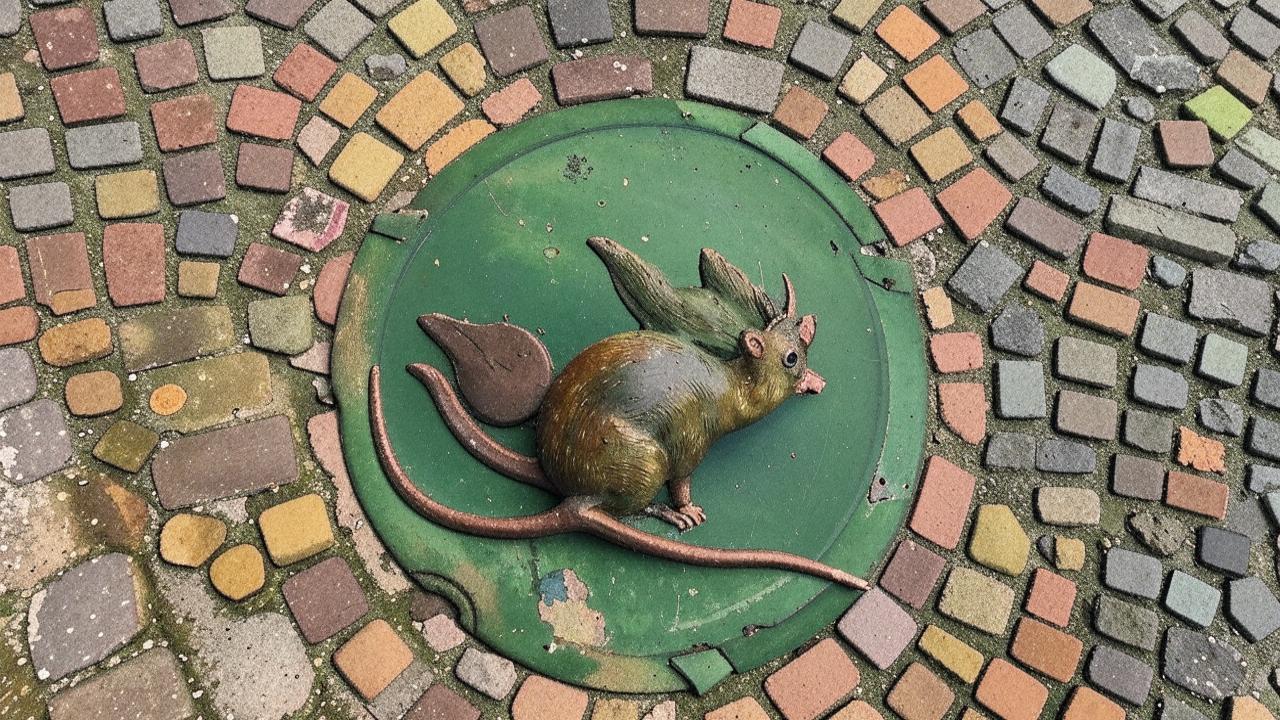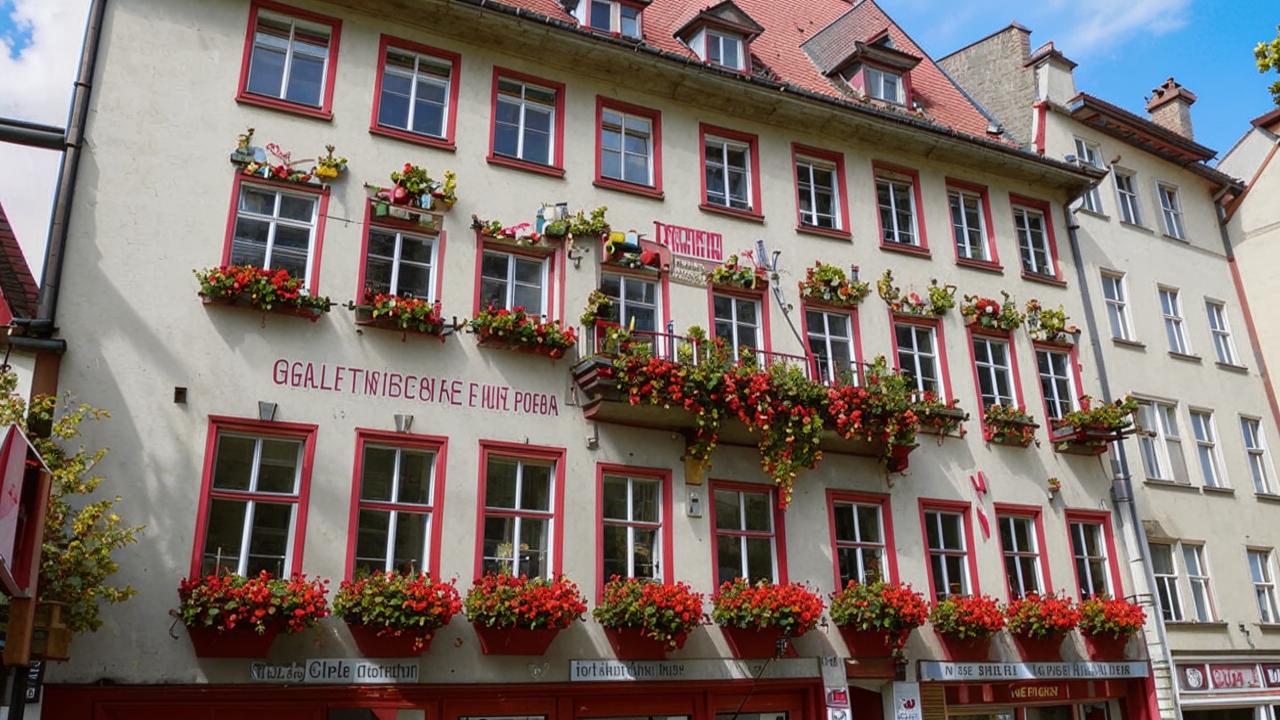Euro 2024 is about to be over. There is one game left – the final between Spain and England. We have written a lot about Germany at this tournament, mostly about the organization of the tournament. But there are other stories about the host country of the tournament.
Every resident of the German town of Hameln knows about this creepy myth. According to the legend, the mysterious Pied Piper of Hameln freed the city from the invasion of rats. The hordes of rodents, fascinated by his flute playing, left Gameln forever. However, the cunning inhabitants decided not to thank their savior and left him without honestly earned money. In retaliation, the man played his flute, and under its mysterious sounds crowds of children followed him. The myth says that the fate of the little inhabitants of Gameln remained unknown.
For a long time, even the residents of Gameln themselves believed that this story is pure fiction and urban horror story. However, there are several curious proofs of its truthfulness.
Hameln and the rat infestation
The small town of Hameln (now Hameln) was founded in 851. Initially it was a cozy but poor village, which turned into a flourishing town thanks to the sales of bread. And there was a surplus of it in the village: the land turned out to be so fertile that the townspeople barely had time to harvest the vast fields. Not surprisingly, decades later, Hameln became one of the leading trading cities in Northern Europe.
But the sad fame of Gameln brought far from trade affairs, and the incident that occurred in the distant 1284.
According to stories, the city was full of rats. Crowds of rodents ran through the streets, houses and did not give rest to the inhabitants. It was the abundance of flour and bread that attracted the rats. And they felt themselves almost masters of the city – they were not afraid of cats, attacked dogs and even small children. The government of Hameln could not find a solution to the invaders and was bewildered.
One day a strange man appeared in the city, wearing colorful clothes and holding a flute. This stranger proudly declared himself a rat catcher and offered to save Hameln from trouble for a decent fee. The townspeople agreed without hesitation, and then the catcher set to work. He took a flute and played a melody, and hordes of rats began to come from all corners of the streets. Hypnotized by the sounds of the flute, the rodents followed the wanderer, who led them to the local river, at the bottom of which the rats found their shelter.

However, the magistrate of Hameln was dishonest and refused to pay the pied piper the promised fee. Moreover, they accused him of witchcraft and chased him out of the city. The angry rat catcher promised revenge, but the townspeople only laughed at the strange traveler.
On June 26, a sunny summer day, the rat catcher lured all the children of Hameln with the help of a flute and took them to an unknown destination. According to one version, 130 children followed the traveler and reached the mountain where a secret passage opened. The unhappy parents who came running after could not find any of the children. The street along which the pied piper led the children is called Bungen-Strasse, and to this day, as a tribute to the terrible tragedy of the past years, it is strictly forbidden to sing and dance on it.
Truth or fiction
Centuries later, during the renovation of the town hall, an old plaque was discovered. There was an inscription on it in the dialect of yesteryear, which said that a certain pied piper had taken all the children of Hameln with him in 1284 and hid them in a mountain gorge. By the way, the town hall was later called the House of the Pied Piper. And the found message contemporaries covered with gold paint and attached to the facade of the building.
What really happened? If we throw aside the versions of witchcraft, then historians offer several versions of events.

To begin with, it should be taken into account that the entire medieval Europe suffered from the invasion of rats. Therefore, it is not surprising that Hamelin was exposed to this scourge. Consequently, there was a great demand for professional rat-catchers – people who wandered from one town to another and offered their services for a fee.
Historians write that rat-catchers were really peculiar people and preferred to wear bright clothes – in their opinion, such colors acted on rodents in a repellent way. Around their necks hung a tray filled with rat poison, and in their hands they held a long stick laden with rat corpses. Some rat-catchers really used a flute in their work, naively believing that the rats, bewitched by the melody, would blindly follow the rat-catcher. Needless to say, such methods did not bring the proper result and Europe was drowning in rat fever.
But who was the Pied Piper of Hamel, who ruined all the children of the city? That he existed is a historical fact. But no one can answer the question of what happened to the children. There are several versions of what happened.

“Choreomania” or dancing plague
For the first time, historical records mention this strange disease in 1518. Then in Strasbourg about 500 inhabitants danced non-stop literally until they lost their pulse. Exhausted by the unknown disease, many of them died of heart attacks or complete exhaustion. Medics of those times could not explain the strange fact: why people, being as if in some hypnotic state, were obsessed with absurd dances and could not stop the infernal dances, even in death. Such events periodically occurred in different parts of Europe, so some historians suggest that the missing children of Hameln were actually subjected to “choreomania”. And speculations and superstition of the townspeople attached to the tragedy of the Pied Piper, who promised to take revenge for people’s avarice.
Modern science, in turn, explains the dancing plague quite simply: ergot poisoning. This fungus parasitizes cereals, especially “likes” wheat and rye. And given Hameln’s rich crop lands, the likelihood of this particular ailment is enormous.

The Children’s Crusade
The version of the Children’s Crusade is mentioned by historians more than 50 times. It happened in the distant year 1212. Then a crowd of thousands of French and German peasants, which included children and teenagers, gathered in a huge army and moved to Jerusalem to seize the Holy Sepulchre. Allegedly, passing Cologne, the army already numbered over 25,000 children. Their fate remained unknown.
Death due to a mountain collapse
In 1961, German historian Waltraut Wöller noticed that on that day celebrated the day of the summer solstice. In many towns, whole festive processions were organized. And at the head of many were musicians, just with flutes. In Wöller’s version, the children could have been victims of an accident. Because of the swampy soils in Hameln often occurred landslides, and perhaps the procession fell under a mountain collapse. The historian even sent an official request for an excavation, hoping to find the mummified remains of the missing children. But she was turned down.






